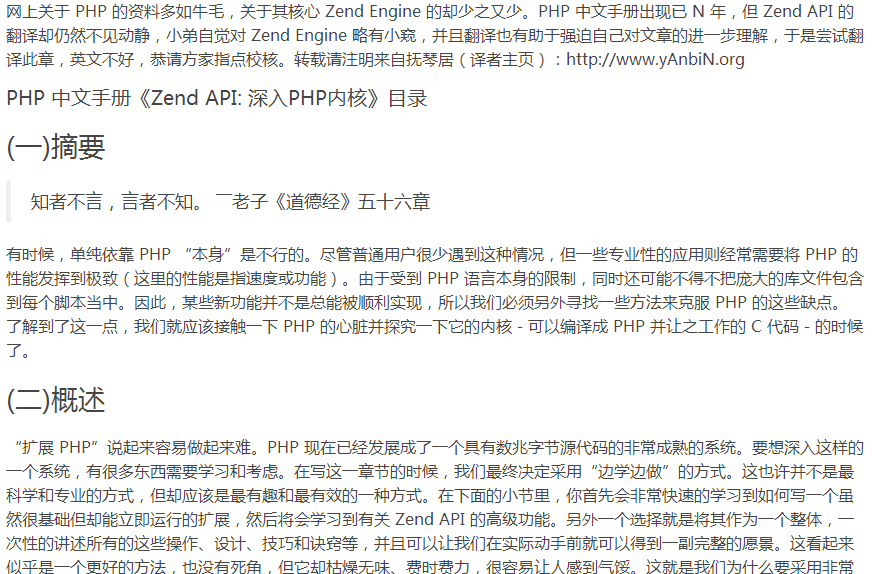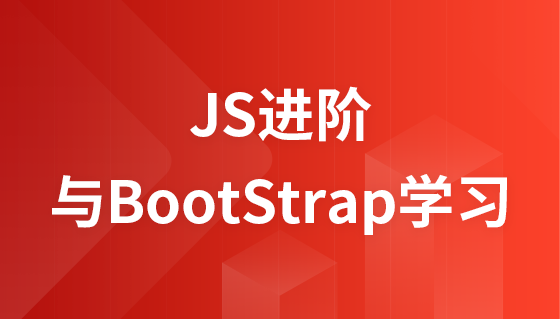答案:使用Golang构建留言回复系统需定义树形结构的Comment模型,通过map存储并实现创建评论与构建评论树功能,结合net/http提供REST接口。

构建一个留言回复系统在Golang中并不复杂,关键是设计好数据结构和接口逻辑。系统需要支持用户发布留言、回复留言,并能按层级展示评论树。以下是实现这一功能的核心步骤和代码示例。
留言和回复本质上是树形结构,每个留言可以有多个子回复。使用结构体表示节点,并通过字段关联父子关系。
type Comment struct {
ID int `json:"id"`
Content string `json:"content"`
Author string `json:"author"`
ParentID *int `json:"parent_id,omitempty"` // 指向父评论ID,nil表示根留言
Children []Comment `json:"children,omitempty"`
CreatedAt time.Time `json:"created_at"`
}
ParentID 使用指针类型以便区分“无父节点”和“未设置”。Children 字段存储嵌套回复,便于前端递归渲染。
使用内存 map 模拟存储,适合演示。生产环境可替换为数据库如 PostgreSQL 或 MongoDB。
立即学习“go语言免费学习笔记(深入)”;
var comments = make(map[int]Comment)
var nextID = 1
func CreateComment(content, author string, parentID *int) (Comment, error) {
now := time.Now()
comment := Comment{
ID: nextID,
Content: content,
Author: author,
ParentID: parentID,
CreatedAt: now,
}
comments[nextID] = comment
nextID++
// 如果是回复,添加到父节点的 Children 中
if parentID != nil {
if parent, exists := comments[*parentID]; exists {
parent.Children = append(parent.Children, comment)
comments[*parentID] = parent
} else {
return comment, fmt.Errorf("parent comment not found")
}
}
return comment, nil
}
注意:此处直接修改 map 中的 slice 不会持久化到 map 本身,实际中建议用更合理的结构(如单独维护树)或使用数据库递归查询。

”扩展PHP“说起来容易做起来难。PHP已经进化成一个日趋成熟的源码包几十兆大小的工具。要骇客如此复杂的一个系统,不得不学习和思考。构建本章内容时,我们最终选择了“在实战中学习”的方式。这不是最科学也不是最专业的方式,但是此方式最有趣,也得出了最好的最终结果。下面的部分,你将先快速的学习到,如何获得最基本的扩展,且这些扩展立即就可运行。然后你将学习到 Zend 的高级 API 功能,这种方式将不得
 392
392

从所有留言中构建出带层级的树结构,通常从根留言(ParentID 为 nil)开始递归组装。
func BuildCommentTree() []Comment {
var rootComments []Comment
tempMap := make(map[int]*Comment)
// 先将所有评论放入映射,方便查找
for _, c := range comments {
tempMap[c.ID] = &c
}
// 遍历所有评论,挂载到父节点下
for id, comment := range tempMap {
if comment.ParentID != nil {
if parent, exists := tempMap[*comment.ParentID]; exists {
parent.Children = append(parent.Children, *tempMap[id])
}
}
}
// 收集根节点
for _, c := range tempMap {
if c.ParentID == nil {
rootComments = append(rootComments, *c)
}
}
return rootComments
}
这种方法避免了频繁遍历整个列表,时间复杂度接近 O(n),适合中小型数据量。
使用 net/http 提供 REST 风格接口,支持创建和查看留言树。
func main() {
http.HandleFunc("/comments", func(w http.ResponseWriter, r *http.Request) {
switch r.Method {
case "GET":
tree := BuildCommentTree()
json.NewEncoder(w).Encode(tree)
case "POST":
var req struct {
Content string `json:"content"`
Author string `json:"author"`
ParentID *int `json:"parent_id"`
}
json.NewDecoder(r.Body).Decode(&req)
_, err := CreateComment(req.Content, req.Author, req.ParentID)
if err != nil {
http.Error(w, err.Error(), http.StatusBadRequest)
return
}
w.WriteHeader(http.StatusCreated)
default:
http.Error(w, "method not allowed", http.StatusMethodNotAllowed)
}
})
http.ListenAndServe(":8080", nil)
}
启动服务后,可通过 POST /comments 发布留言或回复,GET 获取完整树形结构。
基本上就这些。系统可以根据需求扩展用户认证、分页加载、敏感词过滤等功能。核心在于理清树形结构的存储与重建逻辑。不复杂但容易忽略细节,比如并发写入时加锁、数据一致性等。后续可引入 ORM 和缓存优化性能。
以上就是如何在Golang中构建留言回复系统的详细内容,更多请关注php中文网其它相关文章!

每个人都需要一台速度更快、更稳定的 PC。随着时间的推移,垃圾文件、旧注册表数据和不必要的后台进程会占用资源并降低性能。幸运的是,许多工具可以让 Windows 保持平稳运行。




Copyright 2014-2025 https://www.php.cn/ All Rights Reserved | php.cn | 湘ICP备2023035733号